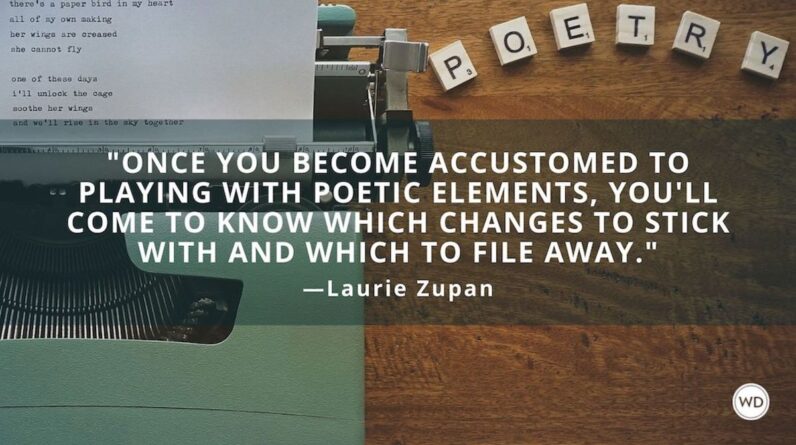Discovering the Beauty of Poetic Devices
Hey there, fellow poetry lover! Have you ever wondered what makes a poem so captivating and mesmerizing? The secret lies in poetic devices, the enchanting tools that poets use to create vivid imagery, evoke emotions, and add layers of meaning to their work. In this guide, I’ll take you on a journey through the world of poetic devices, unraveling their mysteries and showing you how they can transform a simple collection of words into a work of art.
What Are Poetic Devices?

Exploring the Palette of Figurative Language
Poetic devices are techniques and tools that poets employ to enhance the beauty and impact of their poetry. One of the most prominent categories of poetic devices is figurative language, which includes metaphors, similes, personification, hyperbole, and more.
Creating Vivid Imagery with Imagery Devices
Another set of poetic devices focuses on creating sensory experiences and vivid imagery in the reader’s mind. These devices include symbolism, imagery, and allusion, which add depth and layers of meaning to the poet’s words.
Dive into the World of Poetic Devices
Metaphor: Painting Pictures with Words
Metaphors are poetic devices that compare two seemingly unrelated things, creating a powerful image or idea in the reader’s mind. They allow poets to convey complex emotions and concepts by drawing unexpected connections. For example, “Her smile was a ray of sunshine” paints a vivid picture of a bright and joyful smile.
Simile: A Comparison with a Twist
Similes are similar to metaphors but use the words “like” or “as” to make a comparison. They provide a more direct and explicit comparison between two things. For instance, “Her voice was as sweet as honey” creates an image of a melodious and pleasing voice.
Personification: Breathing Life into Inanimate Objects
Personification is a device that gives human qualities or characteristics to non-human entities or objects. By attributing human emotions, actions, or traits to inanimate objects, poets make their words come alive. An example is “The wind whispered secrets through the trees,” where the wind is personified as if it were capable of whispering.
Hyperbole: Exaggeration for Emphasis
Hyperbole is a poetic device that involves exaggeration for emphasis or dramatic effect. It amplifies the impact of the poet’s message by stretching the truth. For instance, “I’ve told you a million times” uses hyperbole to emphasize the frequency of a repeated statement.
Alliteration, Assonance, Consonance: The Music of Sounds
These devices focus on the sounds and musicality of words. Alliteration is the repetition of initial consonant sounds, as in “Peter Piper picked a peck of pickled peppers.” Assonance is the repetition of vowel sounds, such as “The rain in Spain falls mainly on the plain.” Consonance is the repetition of consonant sounds, like “The ship has sailed to the farthest shores.”
Onomatopoeia: Echoing Sounds through Words
Onomatopoeia is a poetic device where words imitate or mimic sounds associated with the object or action they represent. Words like “buzz,” “crash,” and “hiss” create auditory imagery, immersing the reader in the sensory experience.
A Question about Poetic Devices
Q1: Why do poets use poetic devices in their work?
A1: Poetic devices add depth, creativity, and richness to writing.







